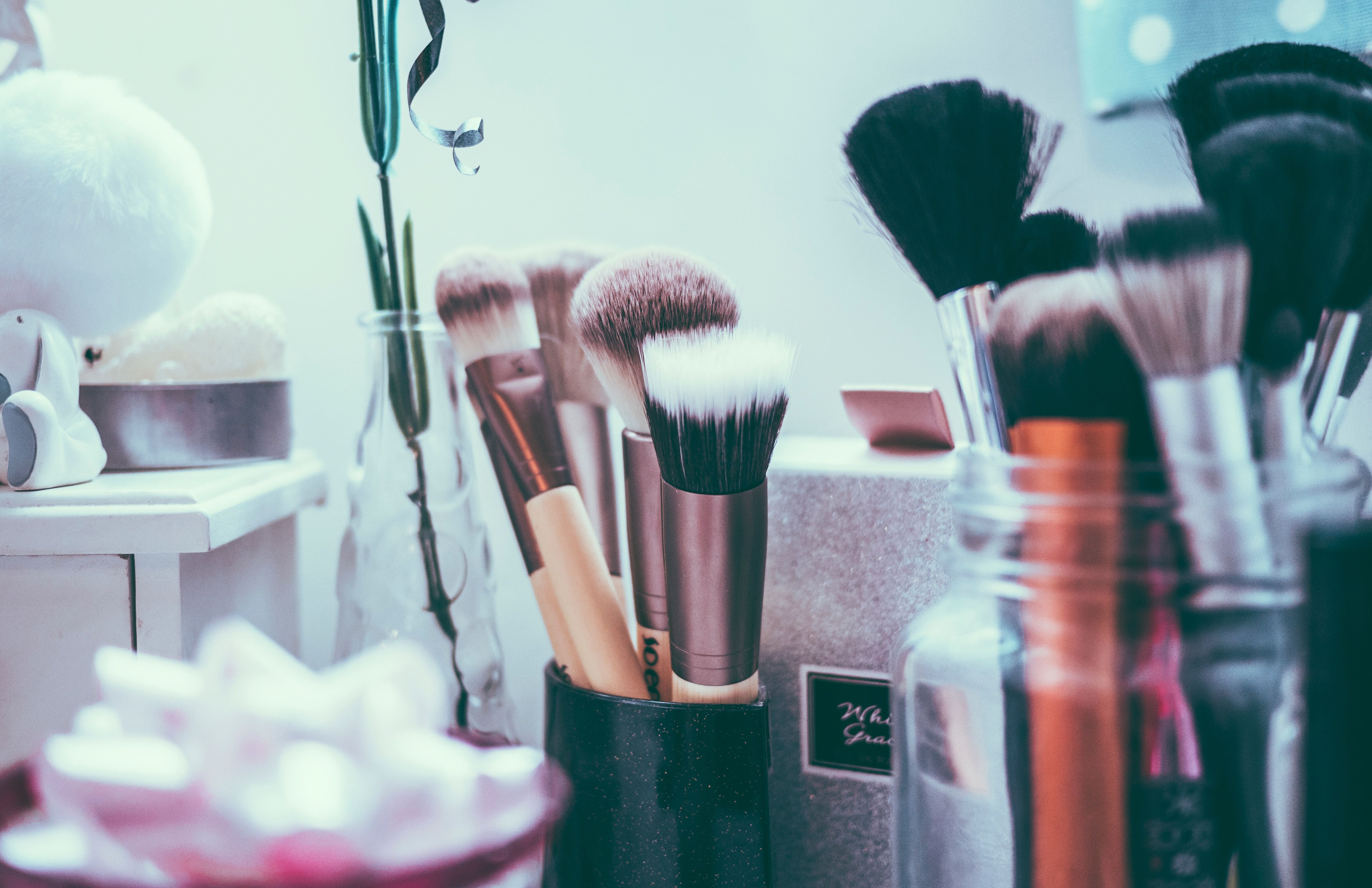Science Explains: The secret to clearer skin
Exams, coursework and deadlines aside, even the least narcissistic amongst us harbour some level of stress over our appearance, bad skin being a popular focus. I, for one, have on numerous occasion considered heading to campus with a bag over my head to hide the monstrous breakout that decided to appear completely uninvited on my forehead the night before. The beauty industry has seized this country-wide insecurity and bombarded us with product after product claiming to give us glowing, pimple free skin. But what’s actually in these concoctions we thoughtlessly slather on our face? What ‘miracle’ ingredients should we be reaching for, and which should we leave on the shelf?
Skin consists of three layers; the outer epidermis, the dermis and the inner subcutaneous tissue. Composed mainly of keratinocytes, cells containing the tough protein keratin, the epidermis serves as a protective barrier against the outside world. The uppermost layer of the epidermis is called the stratum corneum, a coating of dead cells that are continuously shed and replaced.
The beauty industry has seized this country-wide insecurity and bombarded us with product after product
The dermis is the central layer, a network of collagen and elastin fibres that house hair follicles, typically with sebaceous glands attached. These glands secrete a waxy, oil-like substance called sebum that lubricates the skin, rising up along the hairs and out through the pores on the surface.
Contrary to popular belief, spots are rarely caused by a dirty face or oily food, but typically by excess levels of the hormone testosterone stimulating the sebaceous gland to produce too much sebum, which mixes with dead skin cells to block pores. This can form either a whitehead (closed comedone) or a blackhead (open comedone), which can then be infected by bacteria on the skin’s surface to create pus filled bumps. But how do we get rid of them?
Contrary to popular belief, spots are rarely caused by a dirty face or oily food
Salicylic acid is often dubbed the go-to for oily or spot prone skin, offering both a gentle exfoliation and deep pore clean. It’s a beta-hydroxyl acid, which means the hydroxyl and the acidic end of the molecule are separated by two carbons as opposed to one (such as in alpha-hydroxyl acid, which is often found in anti-aging products). This structure makes it oil soluble, meaning it’s able to penetrate the pores of the skin and ‘soften’ the keratin, breaking up the layer of cells and oil that clog it.
Retinoids, derivates of vitamin A family, are another popular skincare ingredient. Retinoic acid is naturally responsible for the renewal of epidermal cells. However, over time cells exposed to UV become deficient, leading to rough, dry patches on the skin. When applied, retinol converts to retinoic acid, which promotes the rapid turn-over of surface skin cells, causing dead cells to be replaced with healthier, younger ones. It can also combat hyperpigmentation by reducing melanogenesis, the process by which the skin-darkening pigment melanin is produced.
Retinoids, derivates of vitamin A family, are another popular skincare ingredient
Petroleum-derived ingredients such as propylene or butylene glycol, paraffin or mineral oils may make your skin feel soft and smooth, but what they essentially do is form a ‘film’ over the surface, blocking pores and occluding oxygen. Whilst claiming to ‘lock in’ moisture, they also may be locking in dirt and bacteria, a potential issue for zit-prone skin. Whilst this moisture barrier might assist particularity dry skin types, it’s worth considering a more natural product that has genuine nourishing properties, such as shea butter or jojoba oil. For oily or spotty skin, look for moisturizers labelled ‘noncomedogenic’, which are specifically designed not to block pores.
Of course, you could always try reducing stress to beat the pimples. But as students, acids and vitamins definitely seem like a far more realistic way forward.

Comments